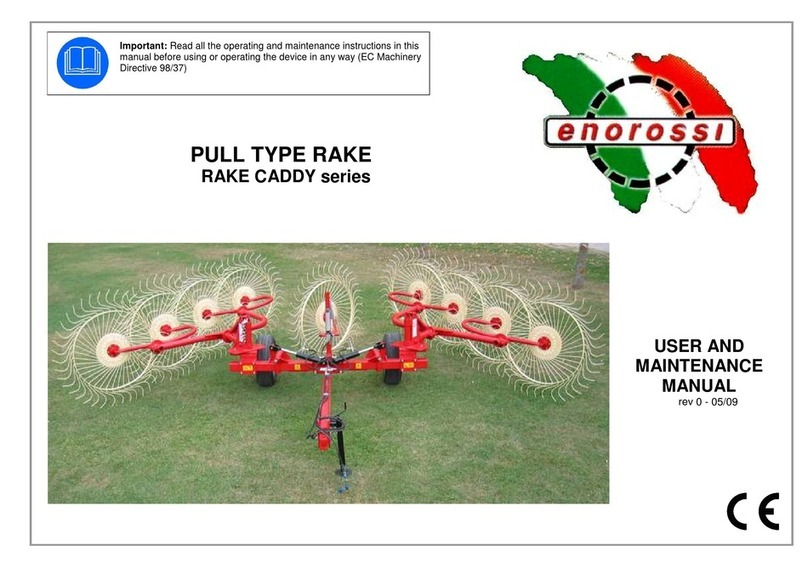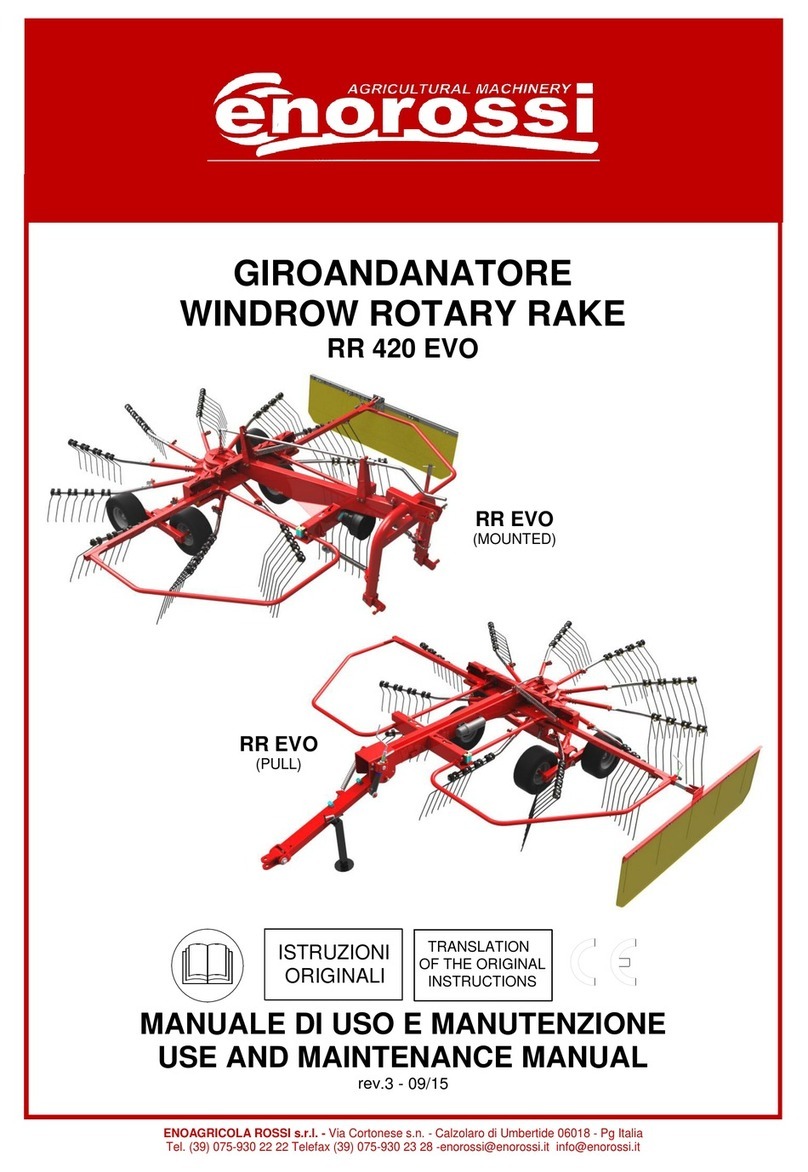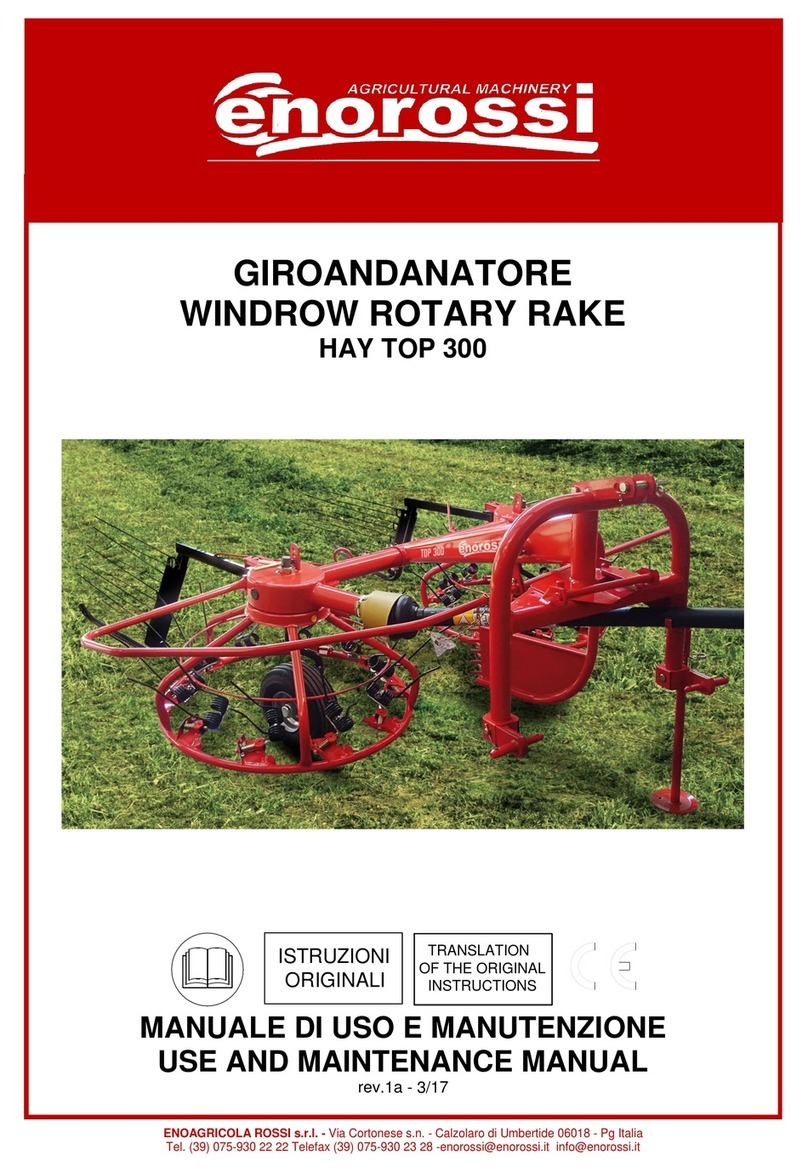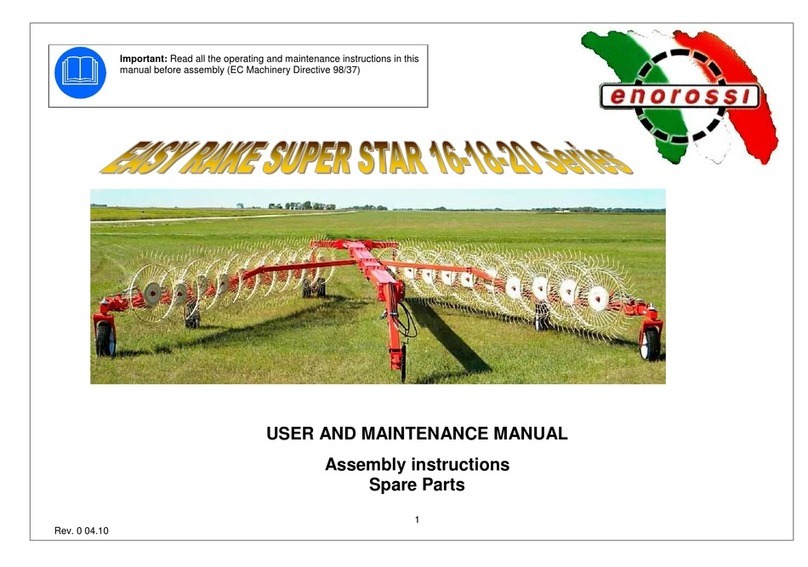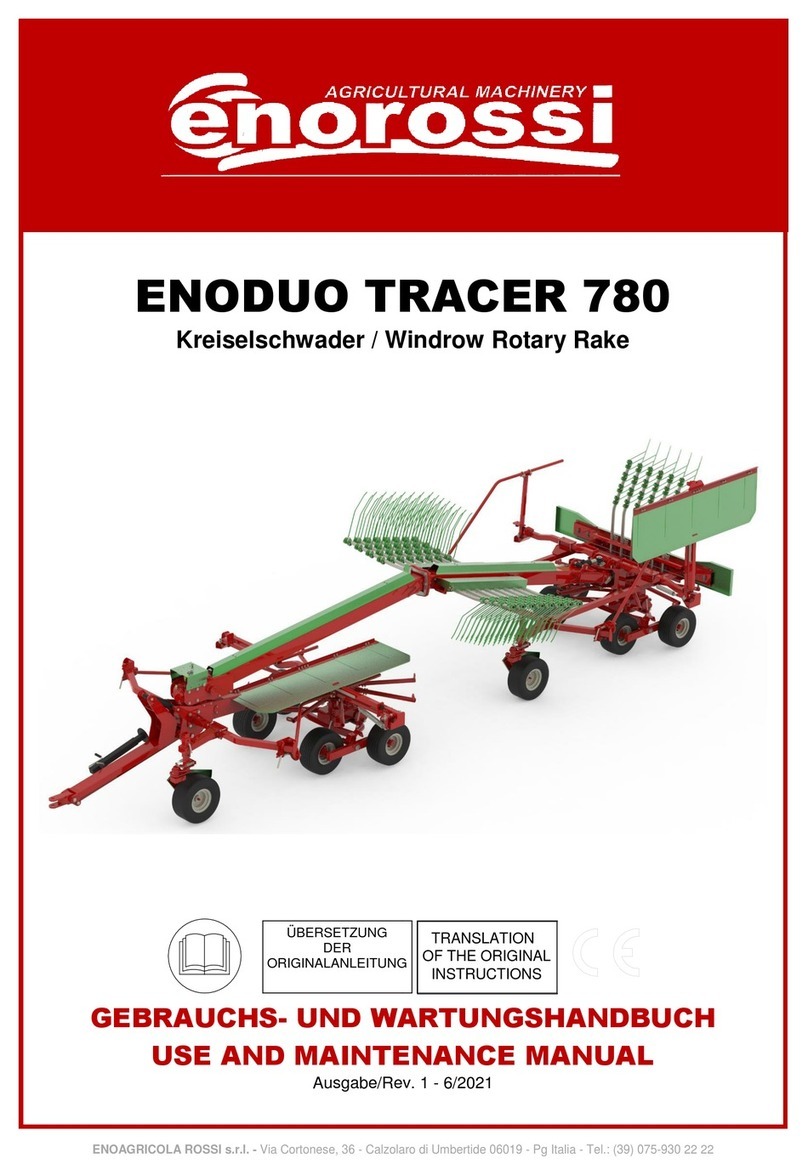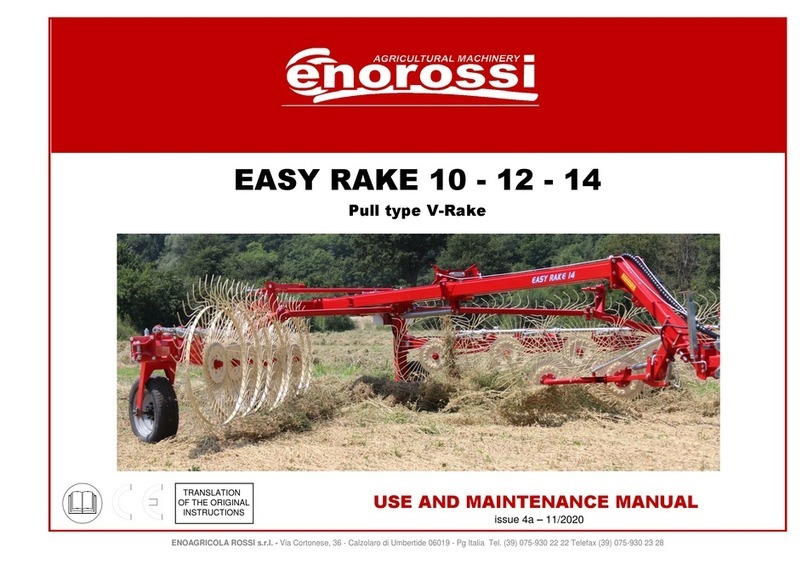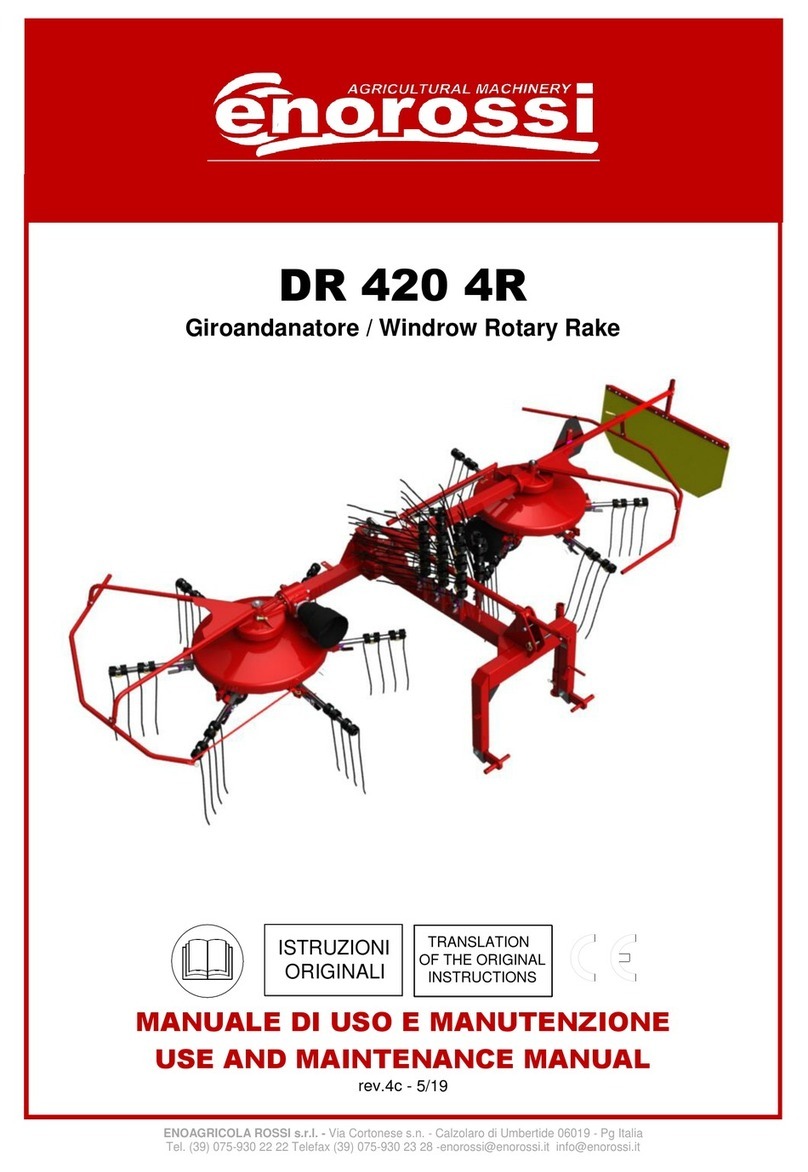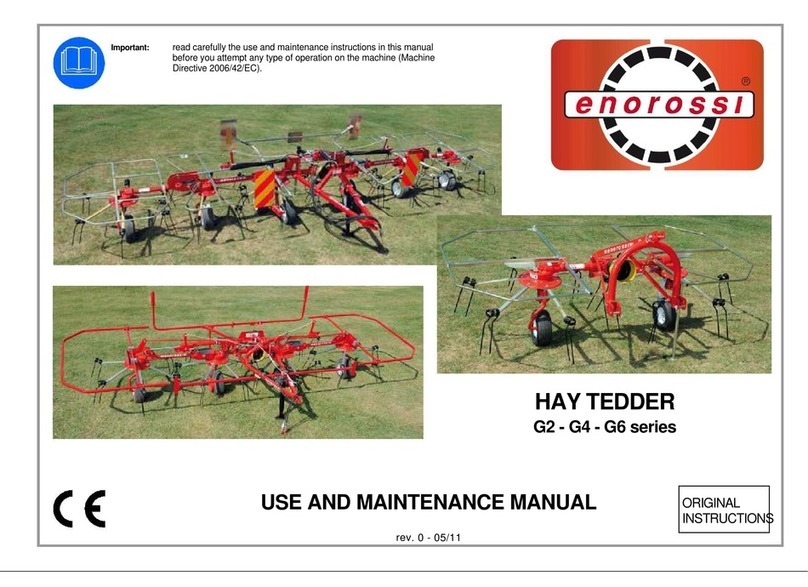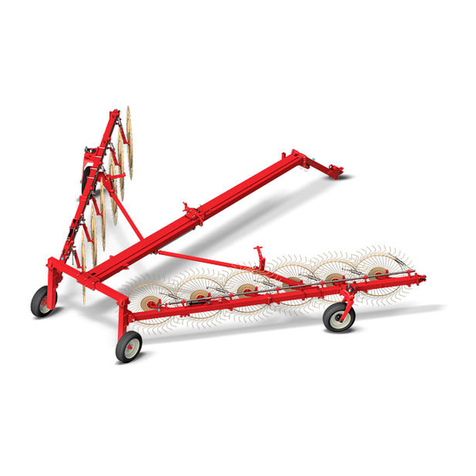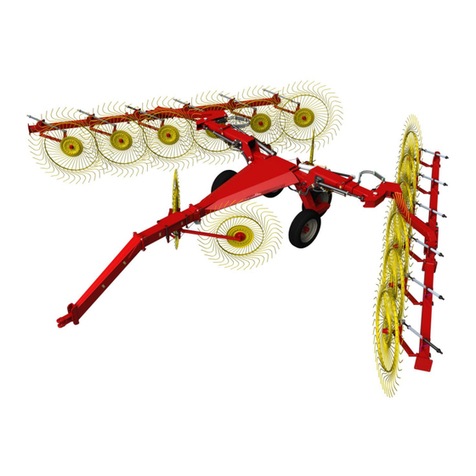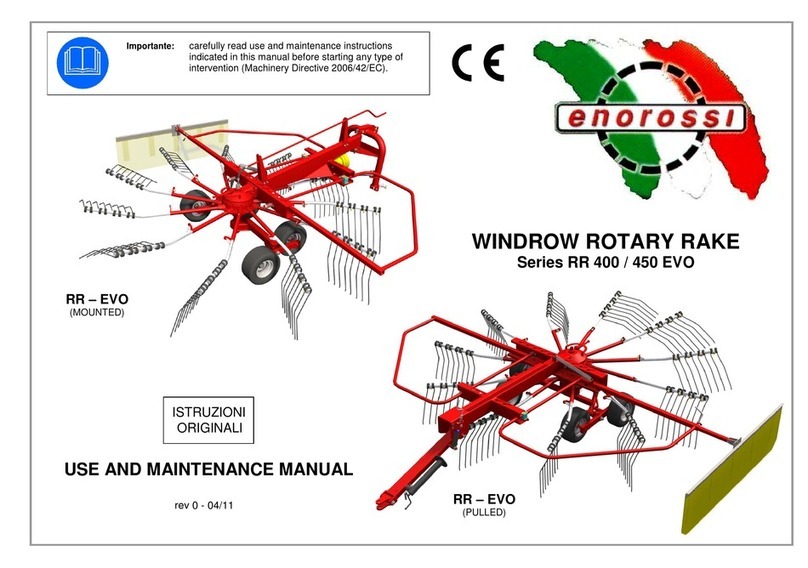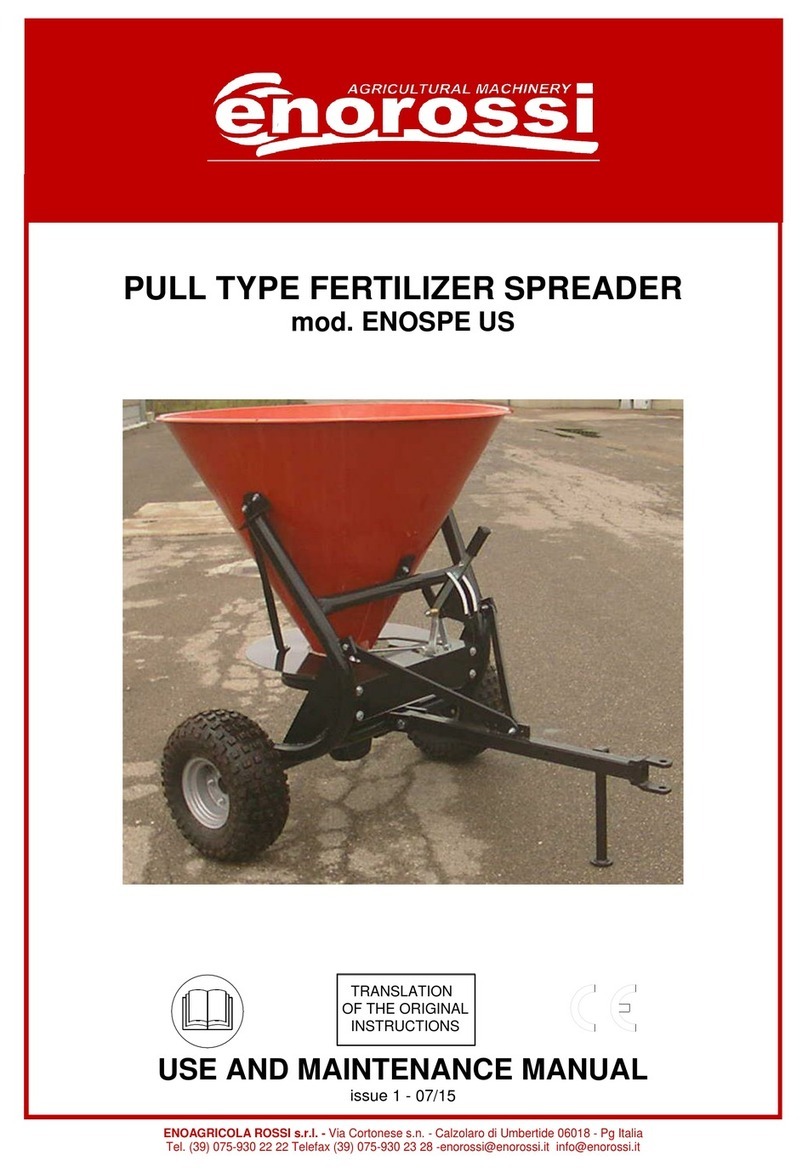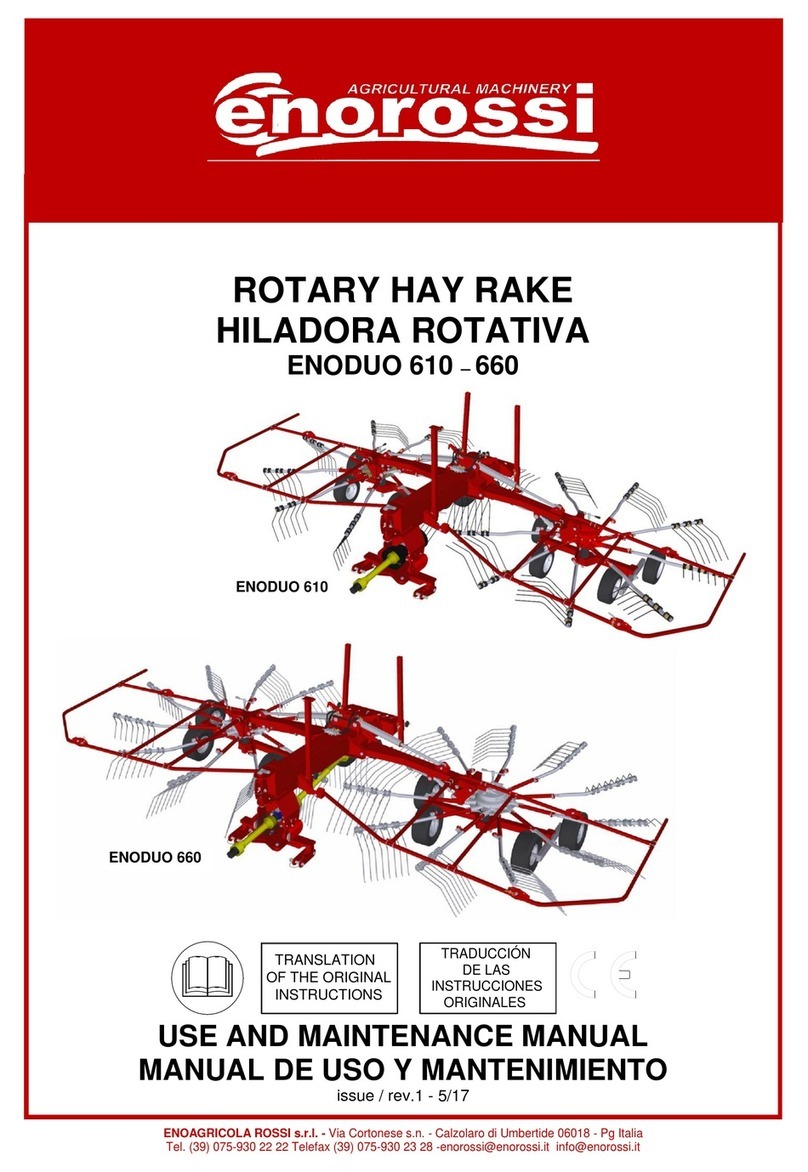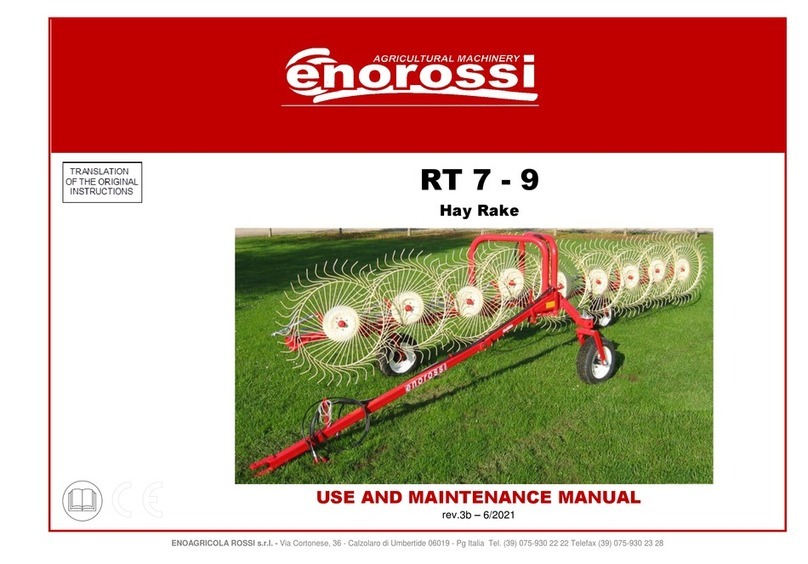
manuale di uso e manutenzione
3
INDEX
INTRODUCTION..........................................................................................................................................................................5
A1
E
QUIPMENT DETAILS
...............................................................................................................................................5
A2
M
ANUAL DETAILS
....................................................................................................................................................5
A3
I
DENTIFICATION AND
EC
CERTIFICATIONS
................................................................................................................6
A4
M
AIN COMPONENTS AND TECHNICAL DATA
...............................................................................................................7
A5
W
ARRANTY
............................................................................................................................................................8
SAFETY .....................................................................................................................................................................................10
B1
G
ENERAL RULES
...................................................................................................................................................10
B2
S
AFETY DURING TRANSPORT
,
INSTALLATION AND MOVEMENTS
................................................................................10
B3
I
NTENDED USE AND HANDLING PRECAUTIONS
.........................................................................................................13
B4
R
EASONABLY FORESEEABLE MISUSES AND USE LIMITATIONS
...................................................................................15
B5
O
PERATOR
’
S LIABILITY
..........................................................................................................................................16
B6
P
ICTOGRAMS
.......................................................................................................................................................17
B7
N
OISE LEVEL
........................................................................................................................................................18
INSTALLATION.........................................................................................................................................................................19
C1
G
ETTING STARTED
................................................................................................................................................19
C2
I
NSTALLATION TO TRACTOR
...................................................................................................................................19
C3
C
ARDAN SHAFT ADAPTATION AND INSTALLATION
.....................................................................................................21
C4
H
YDRAULIC AND ELECTRICAL CONNECTIONS
..........................................................................................................22
C5
R
EMOVAL
.............................................................................................................................................................22
C6
I
MMAGAZZINAMENTO DELLO SPANDIVOLTAFIENO
....................................................................................................22
USE AND OPERATION ..............................................................................................................................................................23
D1
G
ETTING STARTED
................................................................................................................................................23
D2
U
SE AND OPERATIONS
..........................................................................................................................................23
D2.1
W
ORKING CONFIGURATIONS
................................................................................................................................23
D2.2
W
ORKING PROCESS
...........................................................................................................................................25
D2.3
R
OTATING GROUPS TILT ADJUSTMENT
..................................................................................................................26
D2.4
C
HANGE OF DIRECTION OR REVERSE
....................................................................................................................26
D2.5
T
RANSPORT CONFIGURATION
..............................................................................................................................27
D2.6
E
ND OF WORD
....................................................................................................................................................28
MAINTENANCE............................................................................................................................................................................................29
E1
P
RECAUTIONS DURING MAINTENANCE
....................................................................................................................29
E2
M
AINTENANCE OPERATIONS
..................................................................................................................................29
E3
T
EETH REPLACEMENT
...........................................................................................................................................30
E4
T
ROUBLESHOOTING
..............................................................................................................................................31
E5
M
ATERIAL DISPOSAL IN CASE OF DEMOLITION
.........................................................................................................31





